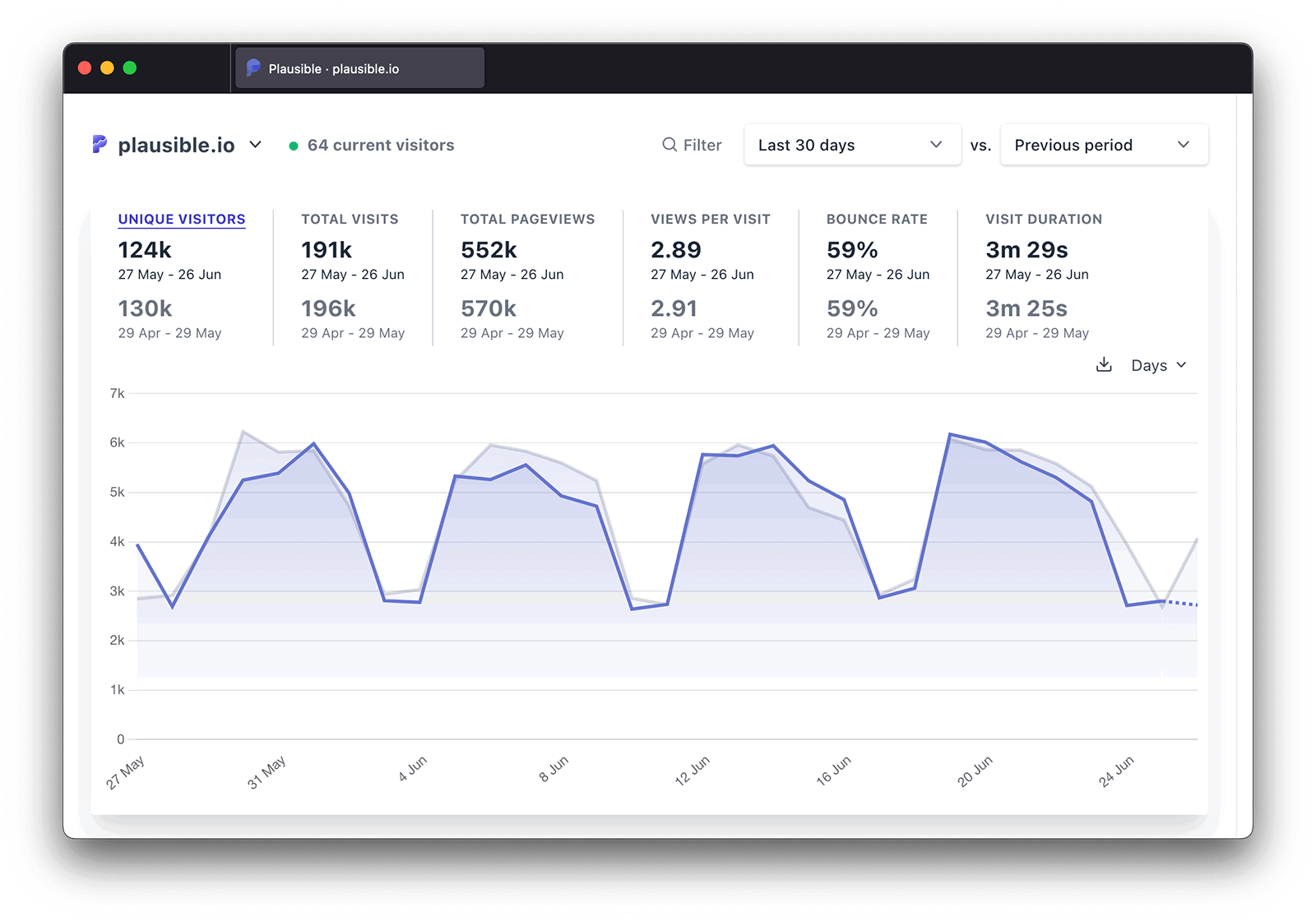Crucial Insights on When Does the Google Analytics Tracking Code Send an Event Hit to Analytics for Accurate Coverage
Master Website Insights With Accurate Google Analytics Tracking Code
The efficient utilization of Google Analytics hinges on the accurate implementation of its tracking code, a fundamental step usually neglected by internet site owners. What are the usual risks that could weaken your monitoring initiatives, and how can you guarantee accuracy in your strategy?
Recognizing Google Analytics Basics
Google Analytics is an important device for internet site proprietors and online marketers, giving very useful understandings into individual behavior and website efficiency. At its core, Google Analytics collects data concerning visitors to a site, enabling individuals to evaluate metrics such as website traffic resources, customer involvement, and conversion prices. Recognizing these basics is essential for optimizing an internet site's effectiveness and improving individual experience.
The platform utilizes cookies to track communications, taping data such as page views, session periods, and bounce rates. This info is aggregated and provided through adjustable dashboards, enabling individuals to imagine trends over time. Trick performance signs (KPIs) can be kept track of, such as the overall variety of users, brand-new versus returning site visitors, and the geographic circulation of the audience.
Additionally, Google Analytics uses segmentation functions, enabling individuals to isolate specific traffic resources or customer demographics for more targeted evaluation. By understanding these foundational components, website proprietors can make educated choices regarding material technique, marketing projects, and general website improvements. Ultimately, comprehending Google Analytics fundamentals is necessary for leveraging information to drive growth and attain organization purposes successfully.
Establishing Your Monitoring Code

Copy the given tracking code and paste it right into the HTML of your site. Preferably, this code needs to be positioned in the header area of every page you want to track. This makes sure that the monitoring code loads before any kind of various other material, enabling it to record information precisely. If you are using a material administration system (CMS) like WordPress, there are plugins available that simplify the assimilation procedure.
After installation, confirm that the tracking code is working appropriately by using Google Tag Assistant or the Real-Time records in Google Analytics - when does the google analytics tracking code send an event hit to analytics?. This step is crucial to validate that your data collection is energetic and exact, setting the structure for informative evaluation
Usual Monitoring Code Issues
This might take place when the tracking code is positioned in the wrong area of the website's HTML, frequently leading to missing or insufficient data. Furthermore, having multiple instances of the monitoring code on a single web page can here are the findings result in inflated metrics, as user interactions could be counted much more than as soon as.
An additional problem occurs from the use of ad blockers, which can prevent the monitoring code from performing completely, hence skewing data. when does the google analytics tracking code send an event hit to analytics?. Additionally, failure to set up filters correctly can result in the exemption of vital web traffic sources or the addition of unwanted reference spam, misshaping the information gathered
Site proprietors might additionally overlook the importance of tracking code updates, particularly when moving to Google Analytics 4 (GA4) from Universal Analytics. Last but not least, inadequate testing before launching changes can lead to unnoticed mistakes in the tracking code, even more making complex information dependability. Addressing these common problems is crucial for making sure exact monitoring and insightful analytics.
Studying Web Site Information Efficiently
Exact information collection is just the primary step in leveraging Google Analytics; the real value hinges on successfully evaluating that data to drive educated decision-making. To accomplish this, it is vital to identify crucial efficiency indicators (KPIs) that line up learn this here now with your service objectives. Concentrate on metrics such as conversion rates, user involvement, and website traffic resources, as these will certainly offer insights right into user habits and the general efficiency of your website.
Utilizing Google Analytics' segmentation features enables a deeper understanding of your target market. By damaging down information into details demographics, habits, and website traffic channels, you can discover trends and patterns that notify targeted methods. Implementing customized reports and dashboards can streamline this procedure, making it possible for quick accessibility to pertinent data.
Moreover, consistently assessing information trends over time assists to recognize anomalies and opportunities for enhancement. Utilize visualization tools to existing data in a conveniently absorbable style, helping with much more effective communication with stakeholders. Ultimately, the capability to evaluate web site information properly equips companies to make tactical decisions that boost individual experience, enhance advertising and marketing efforts, and drive growth.

Ideal Practices for Accurate Tracking
Executing efficient tracking practices is vital for obtaining trustworthy information in Google Analytics. To ensure exact tracking, start by appropriately setting up the Google Analytics tracking code on every page of your website. This can be achieved via a tag manager or by directly embedding the code into the HTML.
Next, configure your Google Analytics account to exclude interior traffic. This can be done by setting up filters that determine and get rid of check outs from your organization's IP address, therefore protecting against manipulated data. In addition, utilize event tracking to monitor certain individual interactions, such as downloads or video plays, which basic web page sights might ignore.
Regularly investigate your tracking setup to page confirm that all features, such as goals and ecommerce monitoring, are working appropriately. Develop a consistent naming convention for your campaigns and occasions to help with less complicated coverage and analysis.
Lastly, consider leveraging UTM specifications for projects to get understandings into the performance of different advertising and marketing efforts. By complying with these best methods, you can improve the precision of your information collection and evaluation, ultimately bring about even more educated decision-making for your internet site.
Final Thought
By ensuring the tracking code is correctly put and frequently audited, website owners can capture important user interaction data, thus promoting the recognition of vital efficiency indications. Ultimately, a durable monitoring framework boosts the capability to drive involvement and improve general internet site efficiency.

Insufficient screening prior to introducing changes can result in unseen errors in the tracking code, better complicating data dependability.Applying effective tracking practices is essential for getting trustworthy information in Google Analytics. By guaranteeing the tracking code is properly positioned and routinely investigated, site owners can record vital user communication data, hence assisting in the identification of essential performance signs.